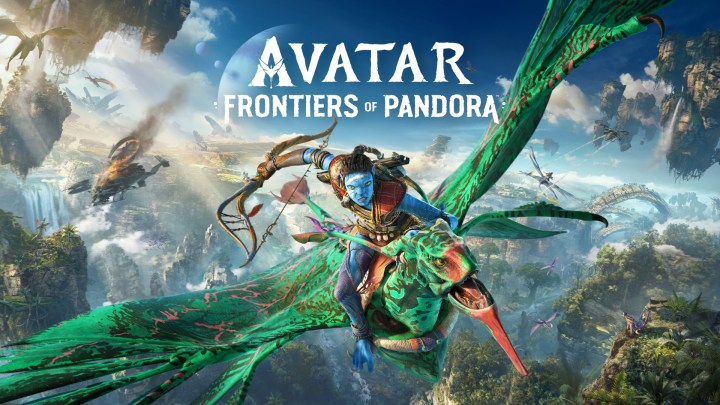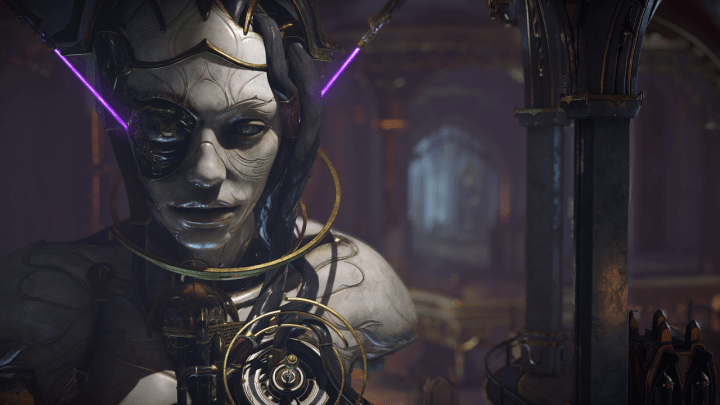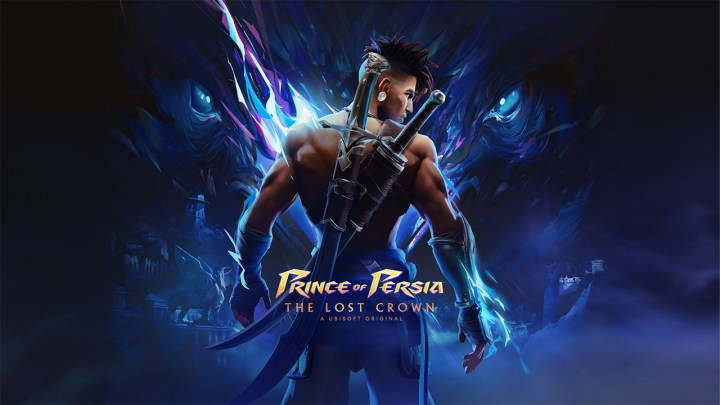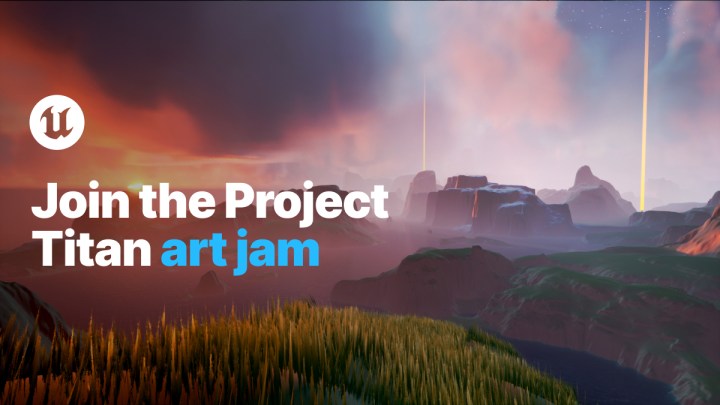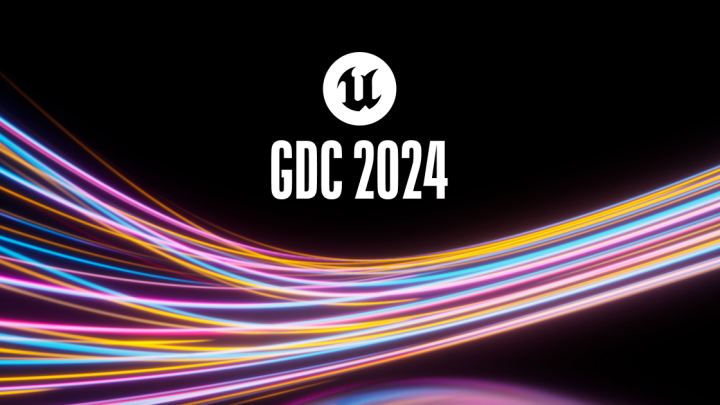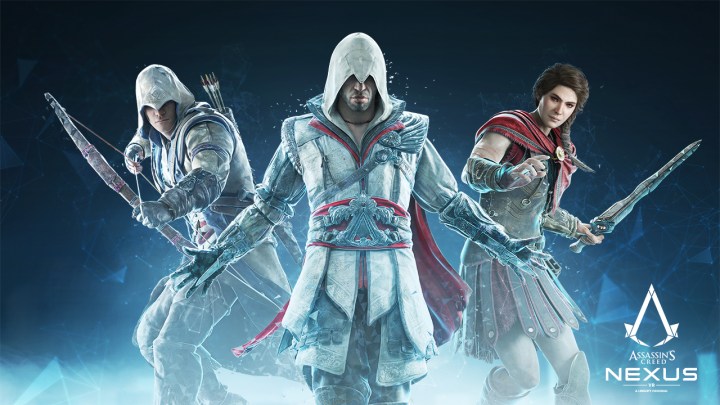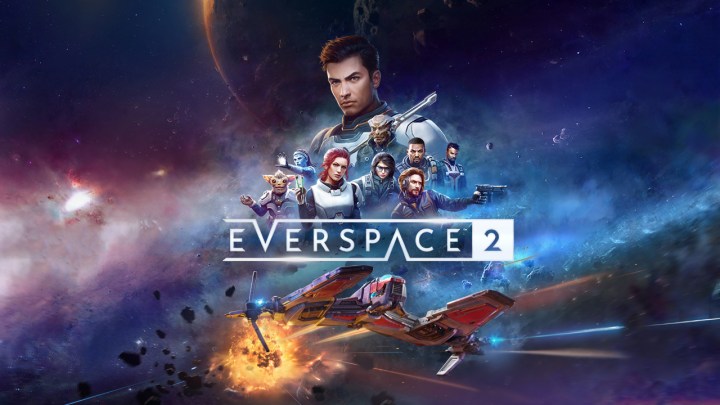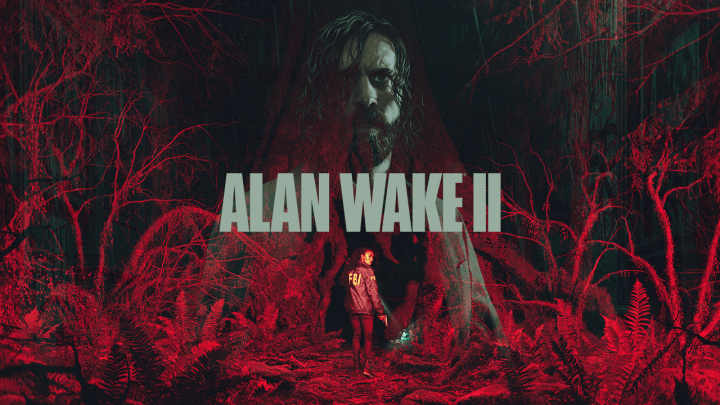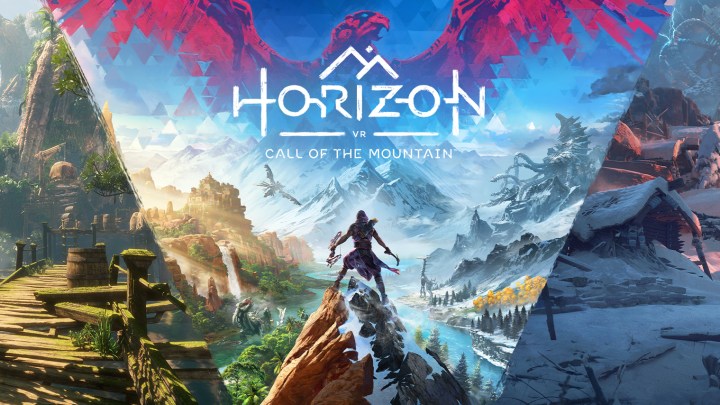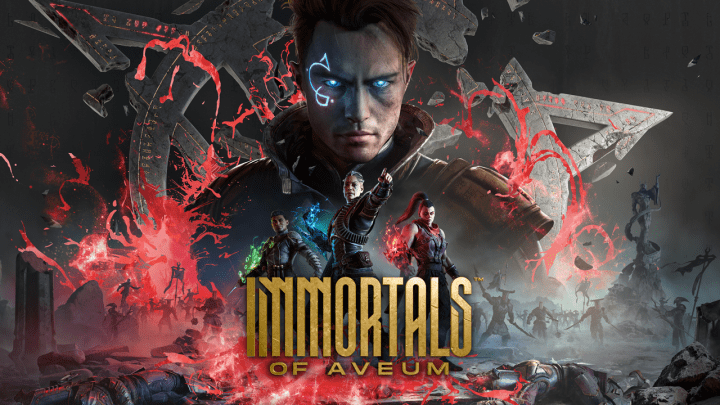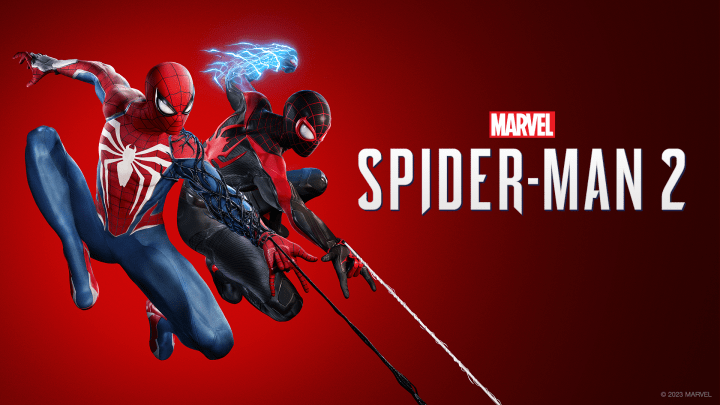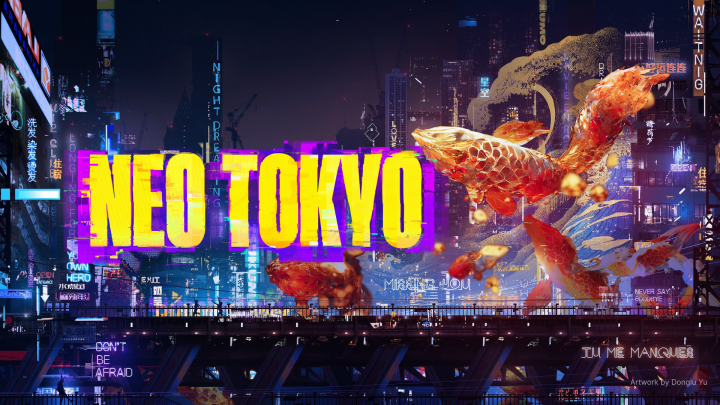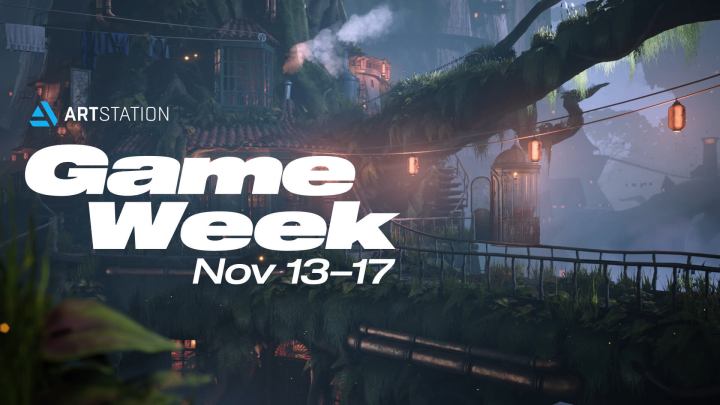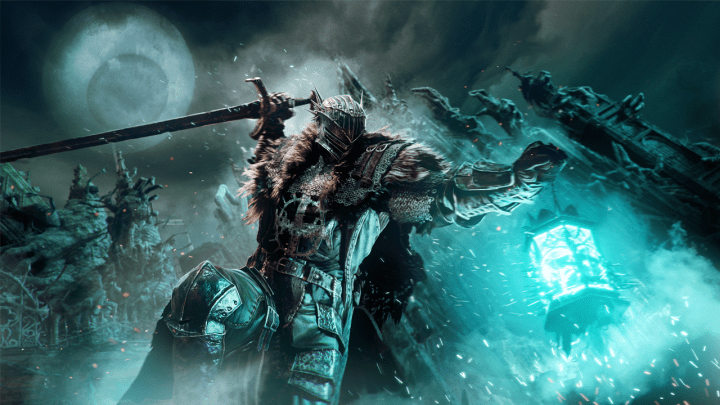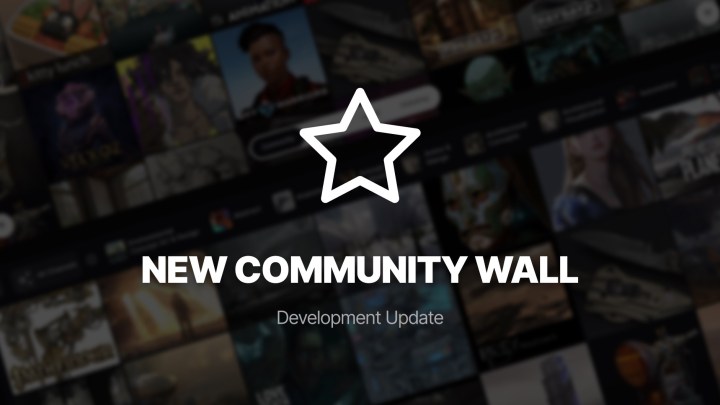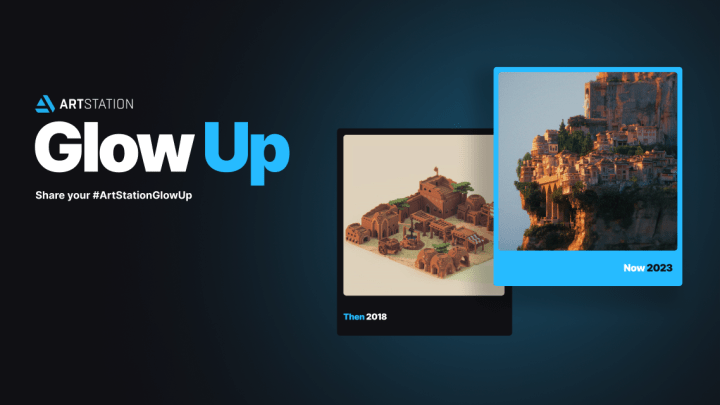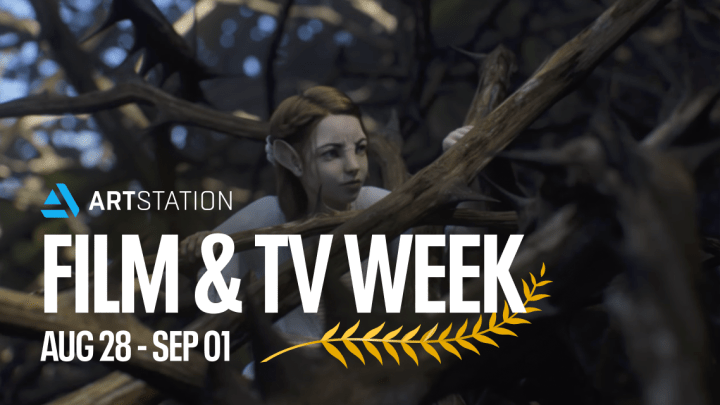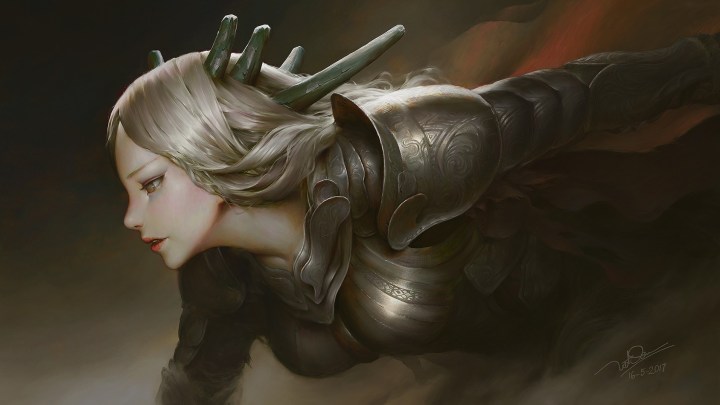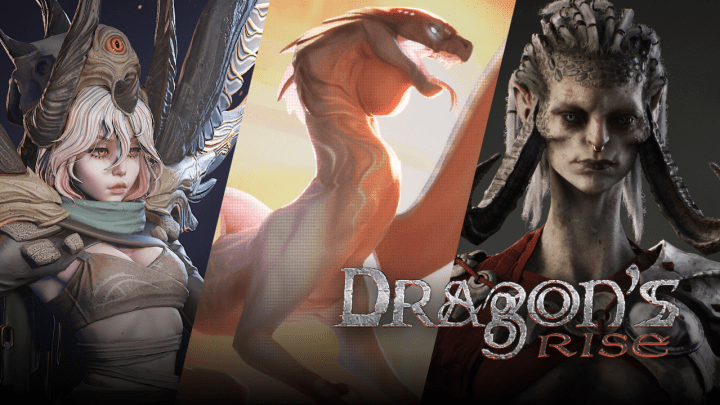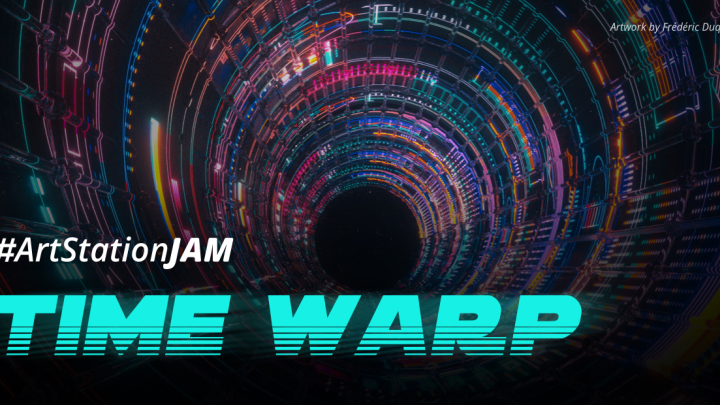A Day on the Destiny 2 VFX Team
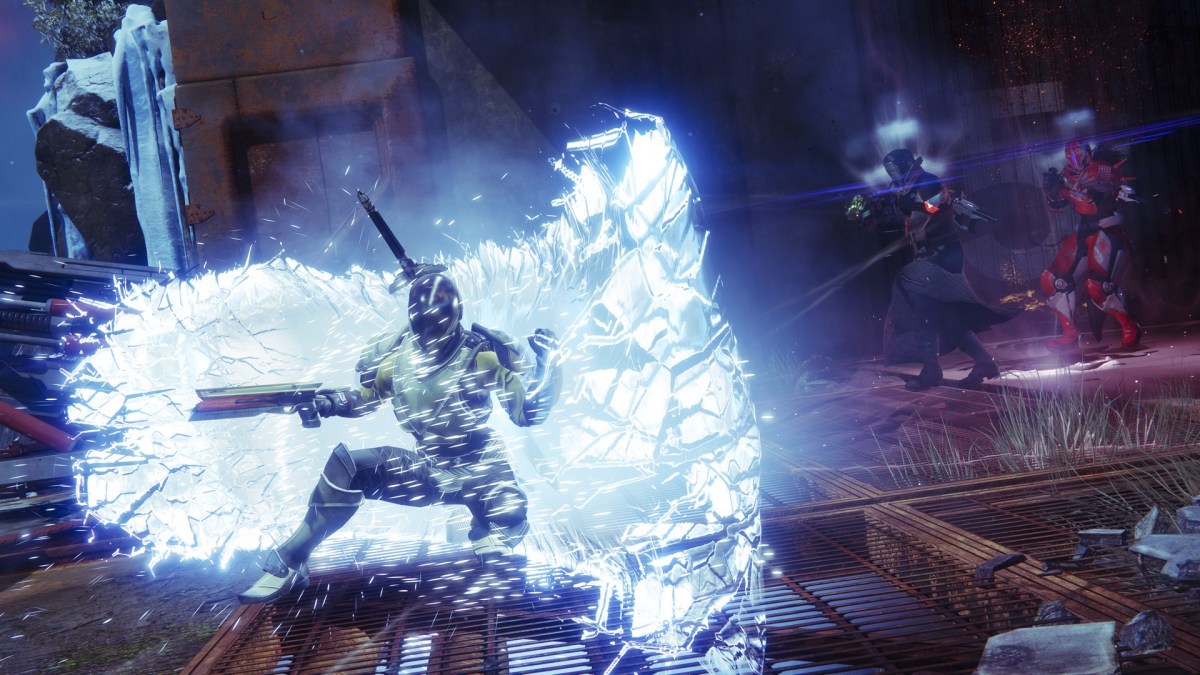
Art by: Glenn Gamble (Staff Artist) and Dave Samuel (Art Director), Bungie
Getting Started
The Destiny universe was built for visual effects. At least, that’s the way our VFX artists see it. The universe is dynamic, magical, futuristic, and fantastical, leading to so many possibilities for artists to explore. Early in Destiny’s development we called it “space magic.” You get all the cool visuals of science fiction and technology, with the fantastical elements of magic and spells, along with the weapons and cinematic destruction of the real world. It’s a giant VFX sandbox with endless possibilities.
VFX from Destiny 2 The Witch Queen
Destiny 2 VFX and the Player Experience
What are visual effects (VFX), and what is their purpose? In general, VFX are visual content in the game world that is not solid. Just a few examples include smoke, fire, explosions, impacts, magic, weapon fire, projectiles, weather, and energy. If you can see through it and it’s not a window, it’s probably a visual effect. If it’s glowing and moves, it’s probably a visual effect.
So, what’s the purpose? Some people refer to visual effects as the frosting on the cake; the extra touch that makes the world feel alive. However, in many games – and particularly in Destiny 2 – the primary purpose of visual effects is communication. We make VFX look cool, but they must also serve the gameplay. We have a saying at Bungie: Gameplay is king. The experience of the player is critical, so how does VFX serve that purpose?
The player needs to understand what is happening in the world visually. Where does my Guardian need to stand? Where are the combatants about to spawn and how far will my ability reach? Which areas will I take damage in, and what things are dangerous? What type of combatant is attacking me (and what damage type are they using)? There are so many questions the VFX team must think about when developing the world of Destiny 2.
It typically falls to the VFX artist to help answer these questions and communicate this information to the player as quickly and effectively as possible. Because of this, we’re often deeply involved in the design process and help the designers guide the player to the best experience we can. Bungie’s collaborative environment encourages input from anywhere and the design team actively solicits feedback from all areas.
Finisher VFX from Mark Flieg
The Destiny 2 VFX Team
Our VFX team is an incredibly talented group of more than twenty artists. We work alongside an amazing group of other disciplines including tech artists, engineers, tech designers, and producers to help develop the Destiny 2 universe. With each release, we are constantly creating new effects for things like player abilities, weapons, bosses, damage types, environments, emotes, vehicles, cinematics, user interfaces, and more. With multiple releases a year, there’s always something new to work on.
The Destiny VFX team is divided into three primary groups: Systems, Scenario, and Vanguard. The Systems VFX team works on base gameplay effects which are used in all activities. They are divided into smaller teams: Player Abilities (for things like Supers, grenades, player abilities, etc.) and Bosses, Combatants, and Rewards (for weapons, emotes, ships, Sparrows, etc.). The Scenario VFX team creates effects for annual release activities, such as campaign, raids, strikes, and quests. The Vanguard VFX team covers all the effects for seasonal releases which includes activities, environments, as well as unique base gameplay effects. These teams are not isolated as all the VFX teams communicate, collaborate, share, borrow, and adapt their work between one another.
A Day on the Destiny 2 VFX Team
Visual effects touch on so many different areas of the game and that makes it such an exciting part of game development. They help drive the style of the game and tie different visual aspects of the game together so that they are understandable to the player. In VFX, we call these visual themes “VFX palettes.” Working with art direction and design, visual characteristics are developed and used throughout that palette. For example, consider the VFX palettes of some of Destiny 2’s famous combatants: the black, flat, harsh edges of the Taken, the green magical quality of the Hive, or the delicate light lines, curves and spirals of the Awoken.
Visual effects ideas and requirements can come from numerous sources depending on different factors, like which team the VFX example is meant for. Generally, the requirements for an effect will come from a designer. They will have an idea for the design, such as a boss attack or ability, an activity requirement (for example, we need a way to get the player from one place to another like a spawn portal), or the perk of a new Exotic weapon.
For larger initiatives like introducing a new damage type (such as Strand, which was introduced with Destiny 2: Lightfall), there will be involvement from multiple design teams, including concept art, art direction, and audio. That work can take months, may involve building the content from scratch, and go through many reviews and iterations.
Sometimes VFX can come in the form of simpler effects, such as a laser which turns on, dust blowing up when a ship lands, or a campfire. The weapon VFX system in many cases is automated for standard weapons, but this can get quite creative and complicated when crafting non-standard weapons such as Exotics. The Narrative team is very often involved in VFX creation to ensure we’re using the appropriate style for the context of its use. Effects such as emotes are primarily driven by animation and get inspiration from a wide variety of groups.
Portfolio
When preparing your own VFX portfolio remember: Quality is more important than quantity. You want people to see your best work. Don’t overwhelm the viewer with a lot of choices and ask them to figure out what is good. If you’re unsure what to show in your portfolio, ask for feedback from your colleagues. You can go to places like realtimevfx.com to get quality feedback. Also try reaching out to other VFX artists on LinkedIn or ArtStation, ask their advice, and be open to their feedback.
Some of the more specific things that Bungie looks for in a VFX portfolio are basic design principles, timing, style match, and variety. We look for an understanding of design principles such as contrast, balance, proportion, and unity, as well as color theory. Colors should work well together and feel cohesive. Timing also plays an immense role in VFX as how an effect feels to a player is dependent on timing and there should be anticipation to help build up the expectation.
When hiring for Destiny, we look for samples of artistic styles which could fit into the Destiny universe, such as casting spells, elemental damage, energy areas of effect, or other fantasy- or sci-fi inspired effects. We’re also looking for more grounded effects such as explosions, impacts, or fire. At times we may be looking for more stylized effects that look more hand drawn, too.
Obviously, you can’t put all styles in your portfolio. Because of this, we suggest you create VFX in the style of the game you want to work on. That way, if your dream job comes up, you’re ready. In addition, create effects in various styles. Show your versatility and ability to adapt depending on the requirements of the project. We won’t rule out a candidate if they don’t have the style we are looking for, but someone who shows they can work in a similar style has an advantage.
We’re also very interested in shader/materials work for VFX. We do a lot of work in our node-based shader, which is similar to Unreal Engine’s material editor or Unity’s shader graph. It’s very rare that we use flipbooks for our effects, so being able to create work without the use of flipbooks or simulations is important to us. Examples are using math in shaders to create dissolves or enhancing with complimentary particles. There are a lot of tutorials available to understand creating shaders for VFX. Make that a part of your skillset along with creating particles.
Many students, and even some professionals, underestimate the importance of presentation when showing their portfolio. Take the extra time to make sure your presentation is appealing and easily understood. Utilizing backgrounds, environments, and attractive layouts are some simple ways to do this. We also recommend looking at portfolios of other VFX artists to gain ideas and inspiration for how they present their work.
Lastly, make it easy for managers and recruiters to find your work. ArtStation portfolios are generally the best way to present a portfolio and include a link to your resume. With proper thumbnails, it gives the hiring manager easy access to any of the work they want to see. Unless there is a specific reason to do so, don’t password protect it. If you do need a password, provide it in your application and make the rest of your work available to see without it. If they have to hunt for your work, there’s a good chance that they’ll miss it.
Let’s Talk
We’re always excited to talk to others about visual effects. Whether it’s portfolio critiques, GDC talks, LinkedIn or Discord messages, or other ways, we really enjoy talking about the subject. Helping and encouraging others to explore what real-time visual effects are all about is something we enjoy. Feel free to reach out to us on LinkedIn or ArtStation and keep an eye on our job postings! https://careers.bungie.com/jobs
Thank you,
Destiny 2 VFX Team


